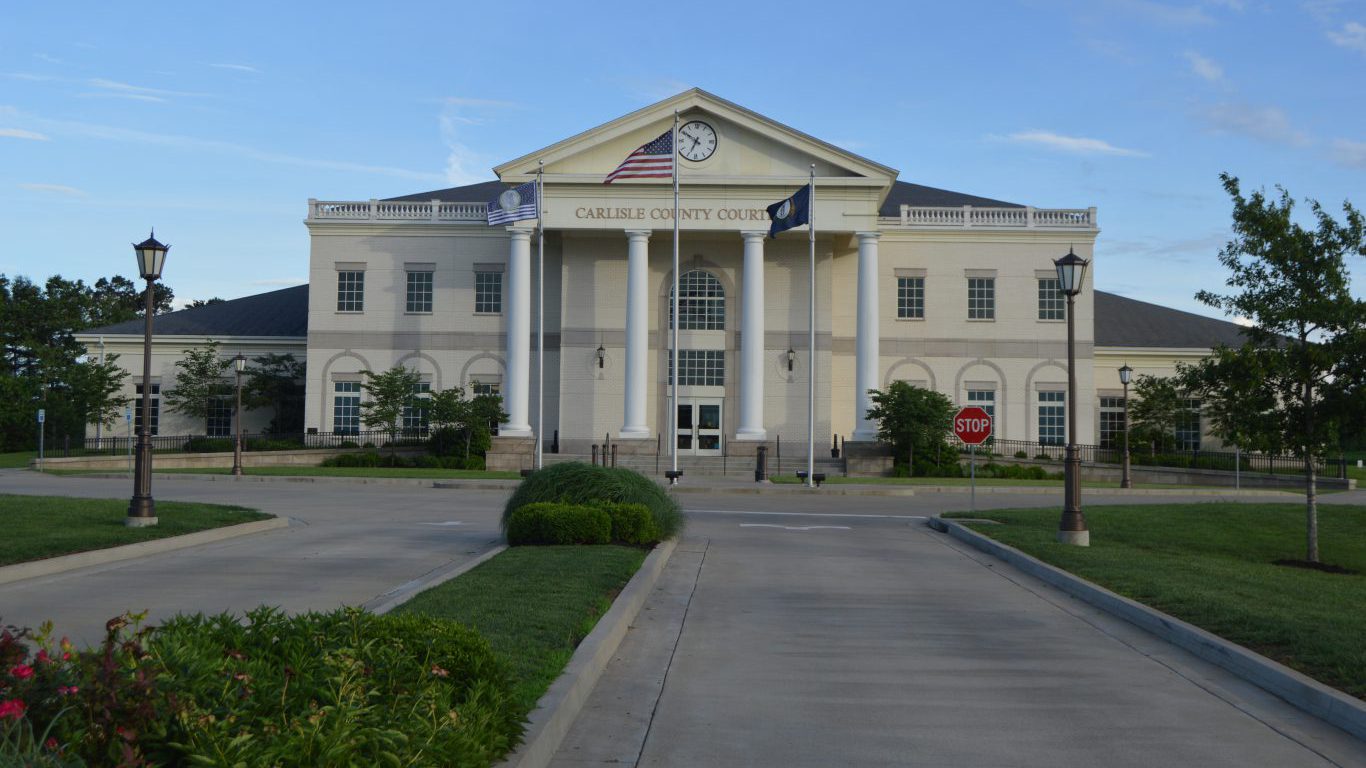Health and Healthcare
COVID-19: The Deadliest County in the Deadliest State

Published:

While the growth of COVID-19 across the United States has slowed, it remains a tremendous danger. The daily rise of confirmed cases has waned to under 100,000 from an amount much more than twice that three short months ago. New fatal cases per day now run as low as 1,000, which is much as three-quarters lower than the peak. Nevertheless, there have been 30,223,587 confirmed cases so far, which is about 25% of the world’s total. Fatal cases in the United States are at 550,726, or about 20% of the global figure.
Vaccination rates have risen quickly in the past three weeks. The Biden administration says it will have enough vaccine for all Americans by May 1. At this point, 26% of Americans have received at least one dose and 14% have been fully vaccinated. The Pfizer and Moderna vaccines require two doses, while the Johnson & Johnson version requires only one. Nationwide, 169,223,125 doses have been delivered and 130,473,853 have been given.
There are two challenges to further slowing the spread of the disease. The first is variants, some of which may spread faster than the version that infected most people from last January until recently. The Centers for Disease Control and Prevention (CDC) tracks three of these for the public: the B.1.1.7, B.1.351 and P.1 variants. These variants have been found in all 50 states, and epidemiologists say that there are many other variants as well.
The other challenge is the so-called opening up of parts of the United States. Texas, the second-largest state by population, is a case in point. The governor has dropped the state’s mask mandate and allowed a renewal of social gatherings and fully opened businesses. The media was filled with headlines about dangerous college student parties in Florida. Public health officials worry this may cause a fourth wave of the disease, and, indeed, cases are picking up quickly in many states.
Much of the reported data about COVID-19 covers raw numbers of deaths, recoveries, hospitalizations and confirmed cases. However, these figures do not allow people to compare places with very different population sizes. The solution is to report numbers on a per 100,000 person basis.
The New York Times measures coronavirus deaths per 100,000 in the past seven days. The leader by this measure is Kentucky at 0.75. It is ahead of Arizona at 0.50. The county in Kentucky with the worst number based on the same yardstick is Carlisle County at 10.50. The county is at the far western side of the state, southwest of Paducah.
According to the U.S. Census Bureau, Carlisle County’s population is 4,760. That population is just over 93% white. Its median household income of $45,109 is well below the national average. Its 15.5% poverty rate is well above the national figure.
Click here to read about America’s worst COVID-19 hotspot.
After two decades of reviewing financial products I haven’t seen anything like this. Credit card companies are at war, handing out free rewards and benefits to win the best customers.
A good cash back card can be worth thousands of dollars a year in free money, not to mention other perks like travel, insurance, and access to fancy lounges.
Our top pick today pays up to 5% cash back, a $200 bonus on top, and $0 annual fee. Click here to apply before they stop offering rewards this generous.
Flywheel Publishing has partnered with CardRatings for our coverage of credit card products. Flywheel Publishing and CardRatings may receive a commission from card issuers.
Thank you for reading! Have some feedback for us?
Contact the 24/7 Wall St. editorial team.